
Expand your tennis horizons beyond Serena Williams and Coco Gauff, because this year we’ve got a ripe crop of excellent British women playing at Wimbledon that are well worth looking out for. With the more established players already out of the competition, anything could happen with this class of wildcards.
Wimbledon is arguably the crowning event of the grass court season, with players of all nationalities heading to SW19 in the hope of lifting the Venus Rosewater Dish. Martina Navratilova, Steffi Graf, Maria Sharapova, Serena Williams — Wimbledon has long been the place to watch legendary female tennis players do their thing.
To look at those names, you might think that Britain is void of any great female tennis players or that the best and brightest have long-since retired. But you’d be wrong: the class of 2021 is brimming with talent, and many of them are homegrown. Now that our most experienced players are out of the competition (Johanna Konta and Heather Watson), it’s time to look at the new crop of players who are carving out their names in the tennis world.
You may also like
Why tennis is one of the best full-body workouts you could do
Katie Boulter: ranked world no. 82
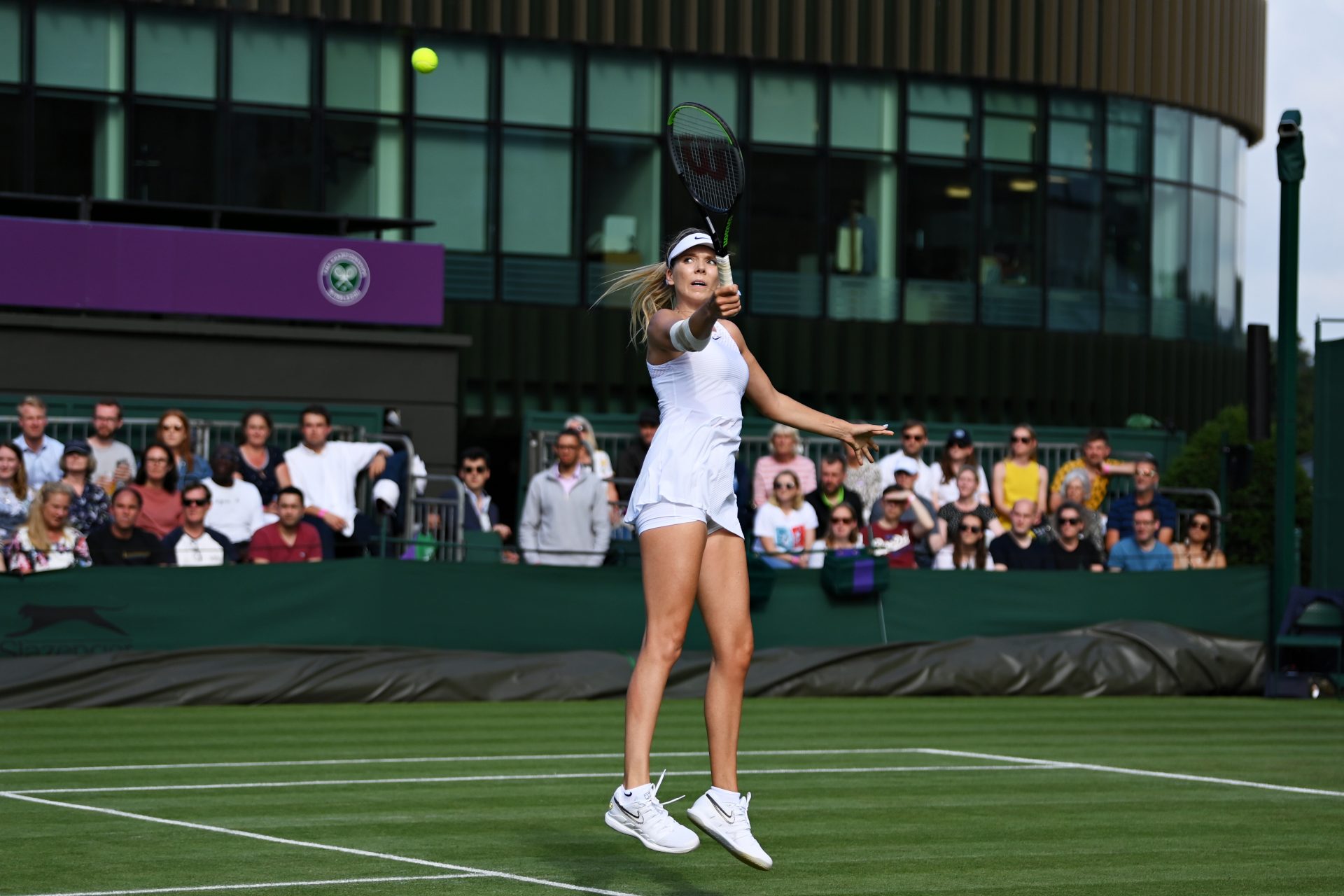
World no. 82 Katie Boulter hails from Leicerstershire and she’s probably the player on whom hopes for a British singles champion at Wimbledon currently rest. It’s been three years since she last played at Wimbledon and she’d only just broken into the world’s top 100 players when she picked up a stress fracture that saw her out of action for six months. Once she was recovered enough to play, Covid came along. This could be her chance to get things going again.
Harriet Dart: ranked world no. 122

Dart is the fourth-highest ranking British player at the moment, having made her WTA (Women’s Tennis Association) debut back in 2015 when she was just 17. The north London local kicks off her Wimbledon offensive today and is hoping to push that world ranking up to break into the top 100.
Fran Jones: ranked world no. 190
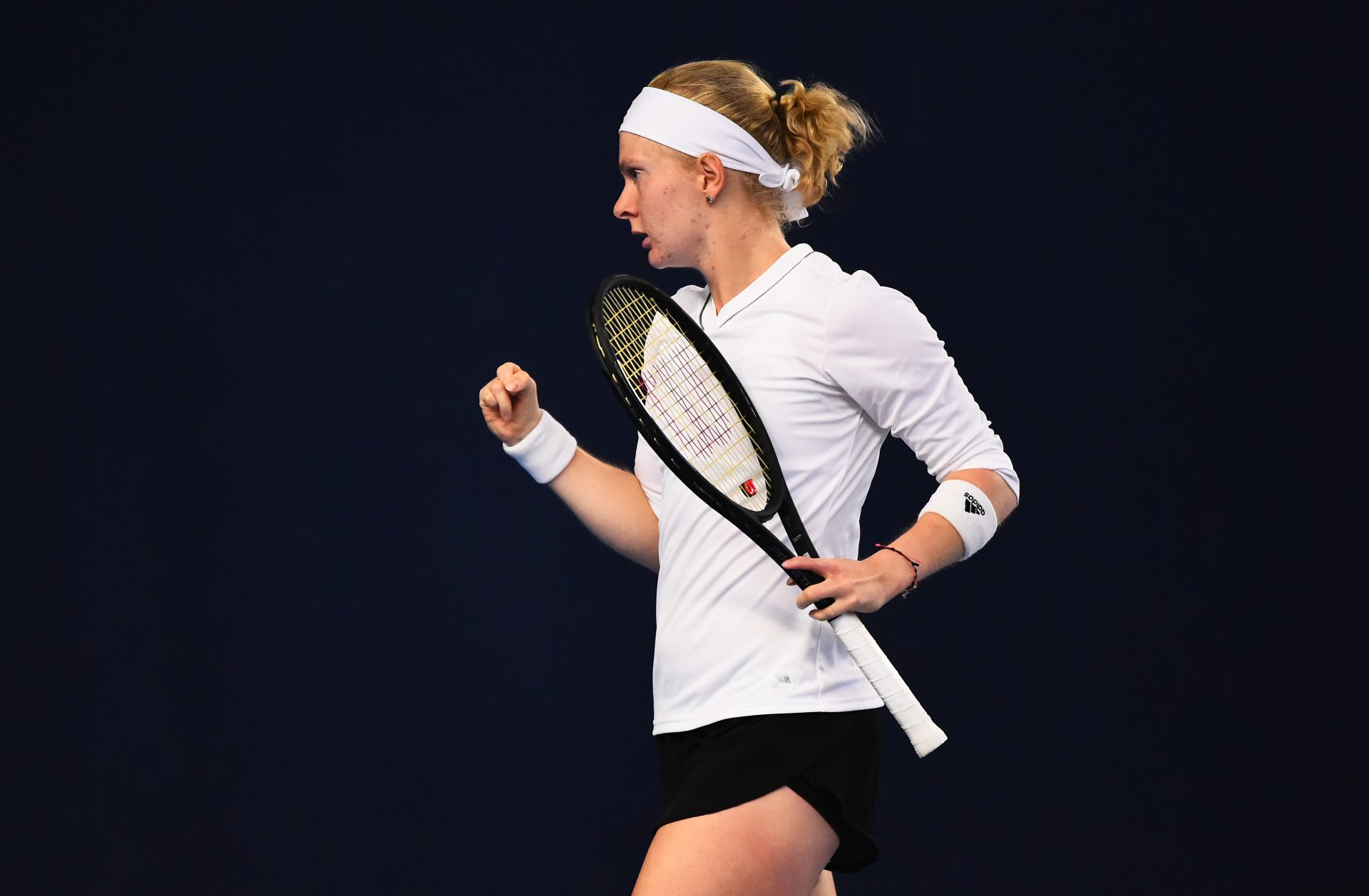
British ace Fran Jones received a wildcard for this year’s Wimbledon competition. That’d be impressive for any player, but Jones has beaten the odds to get to where she is after being told that she’d never become a professional tennis player due to having a genetic condition. She lives with ectrodactyly-ectodermal dysplasia syndrome, a condition that’s left her with just three fingers and a thumb on each hand and seven toes — three on her right foot and four on her left. As such, balance and grip are unique challenges.
Eden Silva: ranked world no. 126 (doubles)
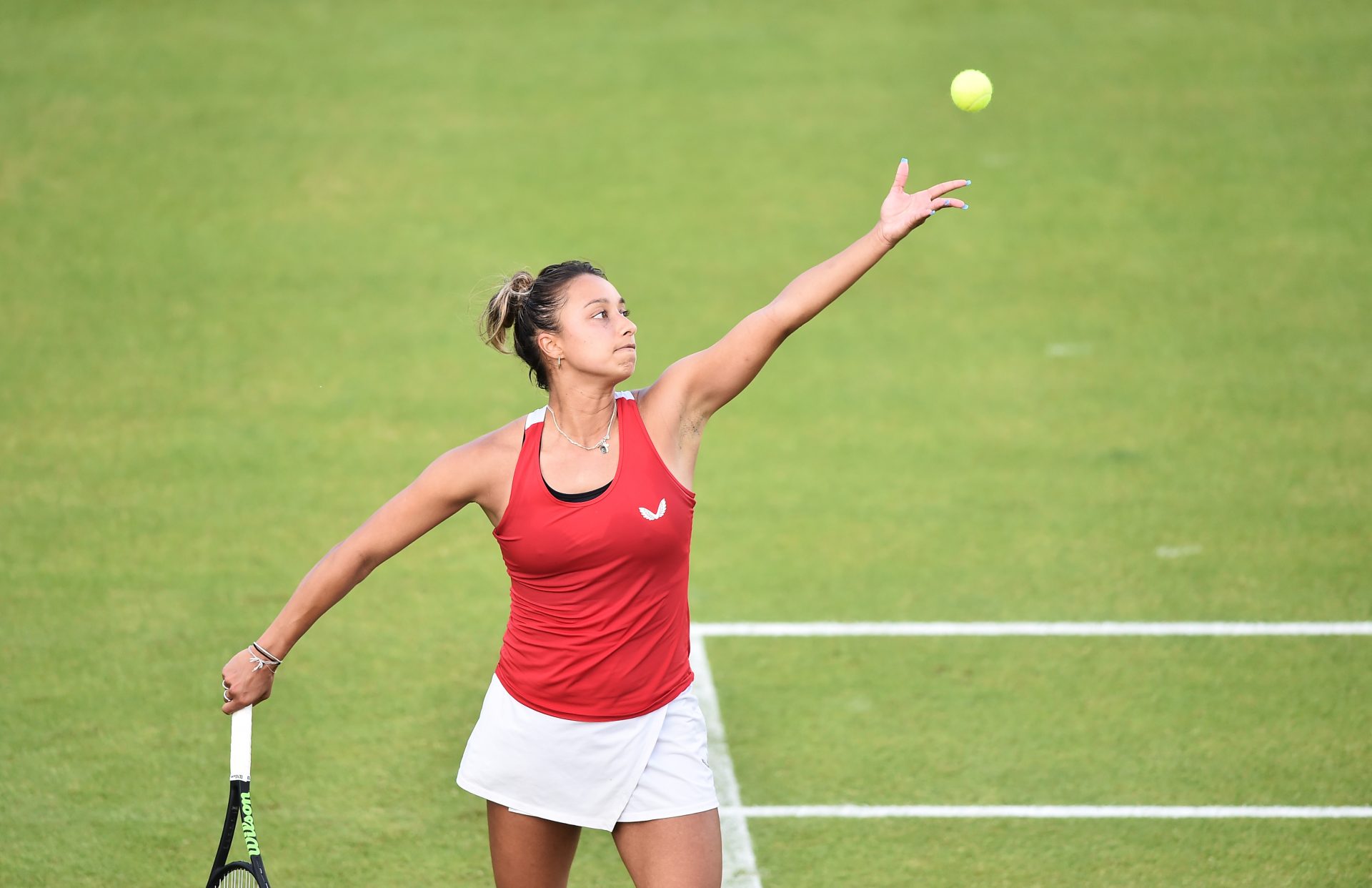
Silva is competing in the Women’s Doubles at this year’s Wimbledon. She’s spoken previously to Stylist about the trolling that female athletes receive, noting that she receives racist abuse online whether she’s won or lost her last game. She’s even received death threats aimed at her and her family.
Speaking last year, she called that she had recently received “a really concerning message from a troll that stood out for me more than usual. It said they would find me and break all my fingers and that they would cut my mother’s head off right before my eyes. It worried me so much that I reported it to the police.”
Joanna Konta: ranked world no. 21
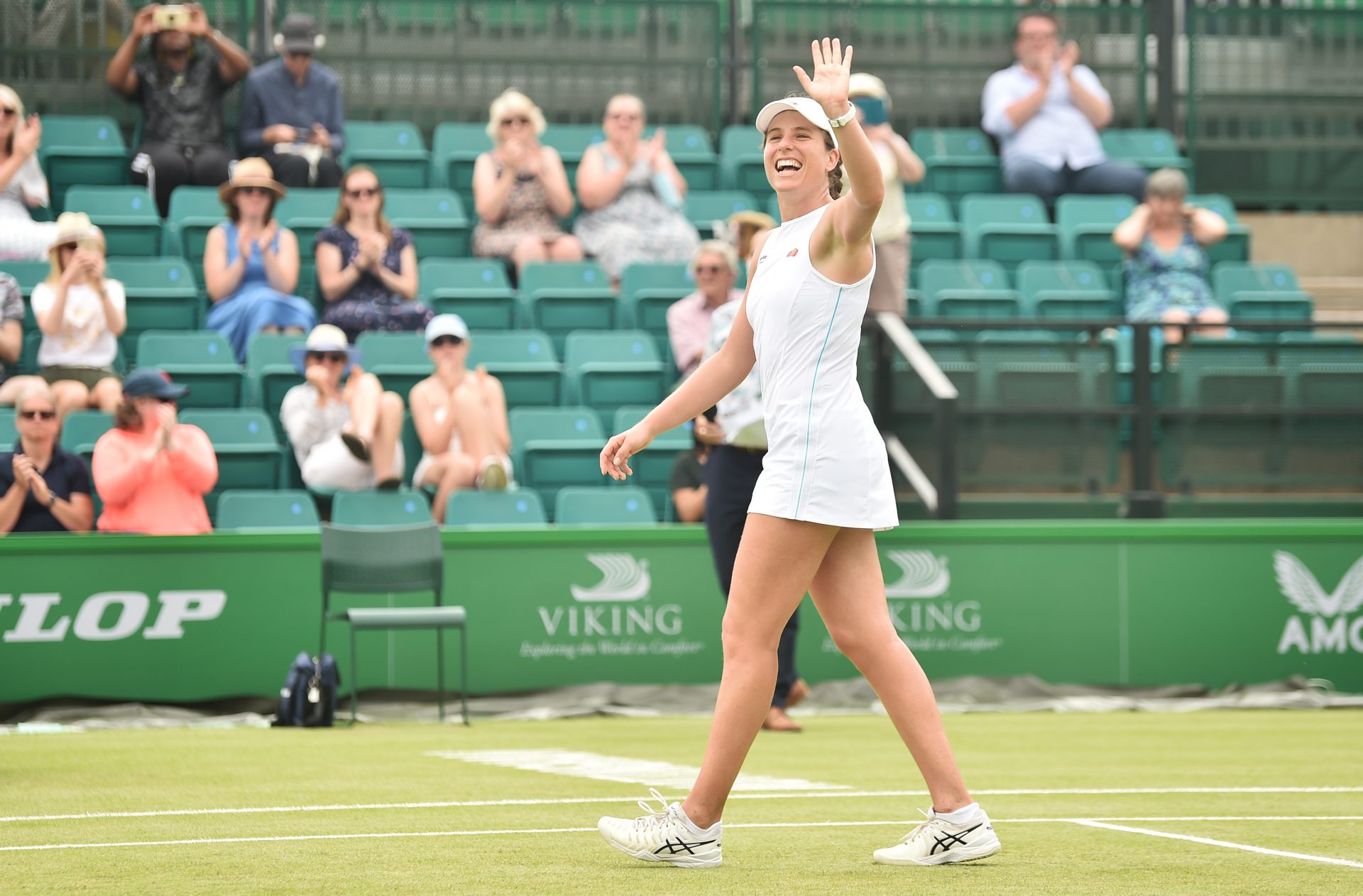
Covid-19 isn’t done ruining plans and no one knows that better than Johanna Konta, who got buzzed by contact tracing as Wimbledon was just getting under way. So, that’s why Britain’s number one female tennis player isn’t playing in this year’s competition — but you can be sure to see her back on the tour as soon as she’s done with isolation.
Heather Watson: ranked world no. 68
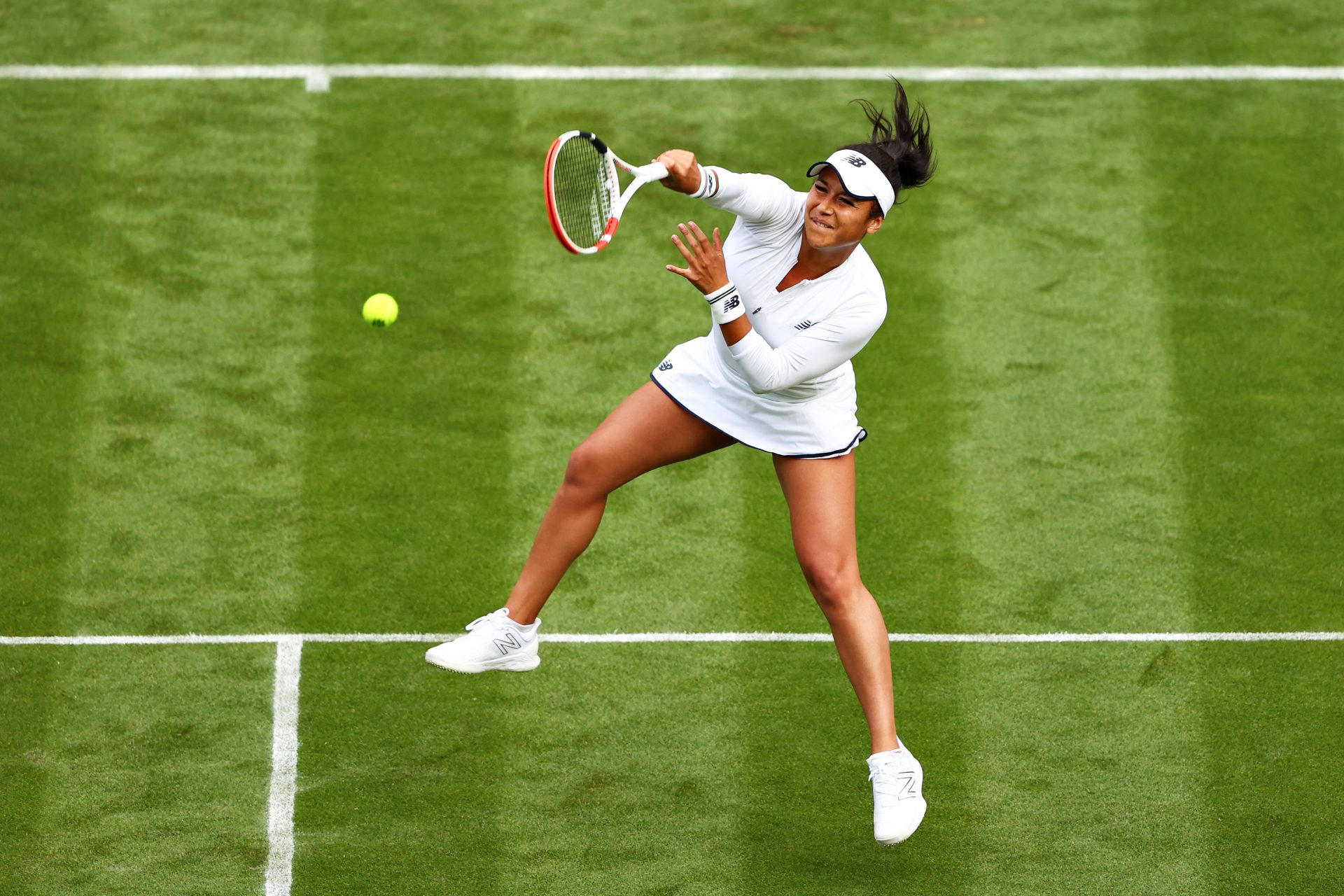
Heather Watson may be out of Wimbledon having lost in the first round to Kristie Ahn but as one of the UK’s most loved stars, she’s always worth keeping an eye on for future competitions. The former British no.1 won the mixed-doubles Wimbledon title back in 2016, making her the first British woman to win a Wimbledon title since 1987.
For more athletic inspiration, healthy recipes and workout ideas, follow Strong Women on Instagram (@StrongWomenUK).
Images: Getty
Source: Read Full Article